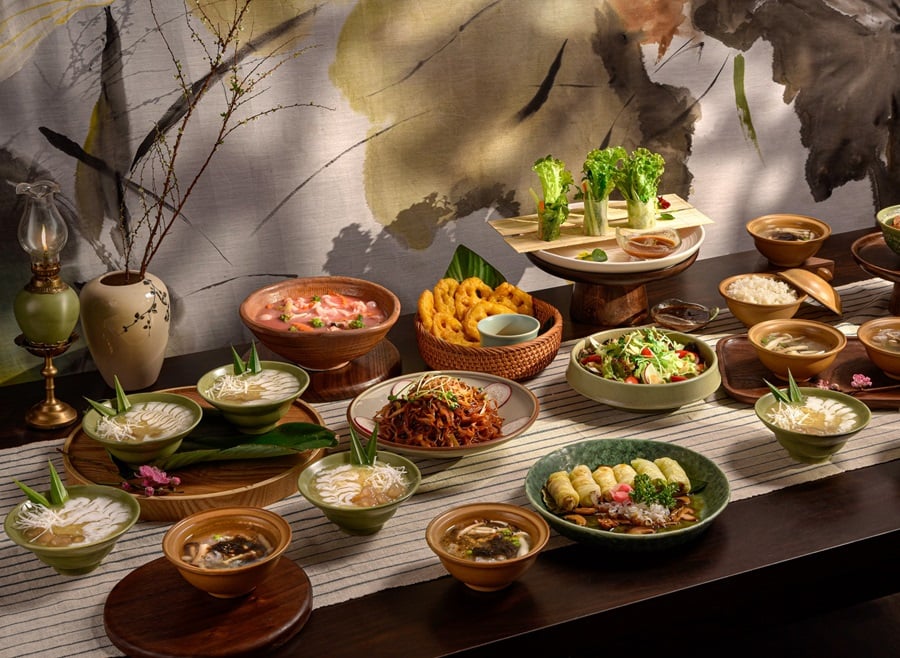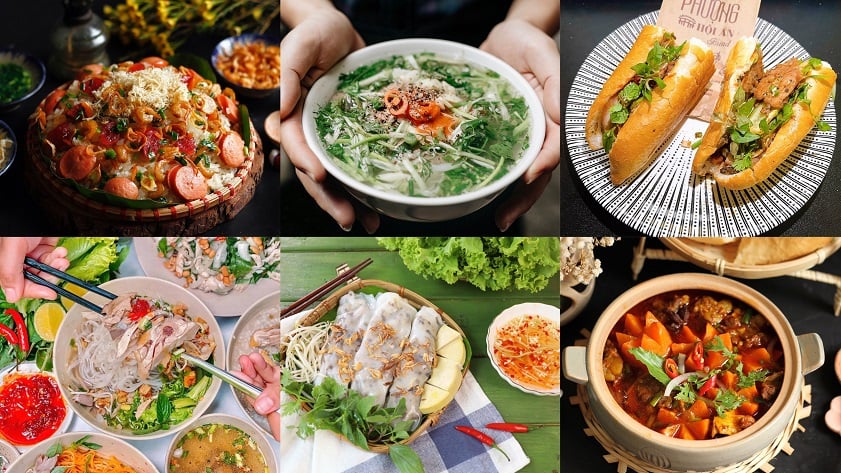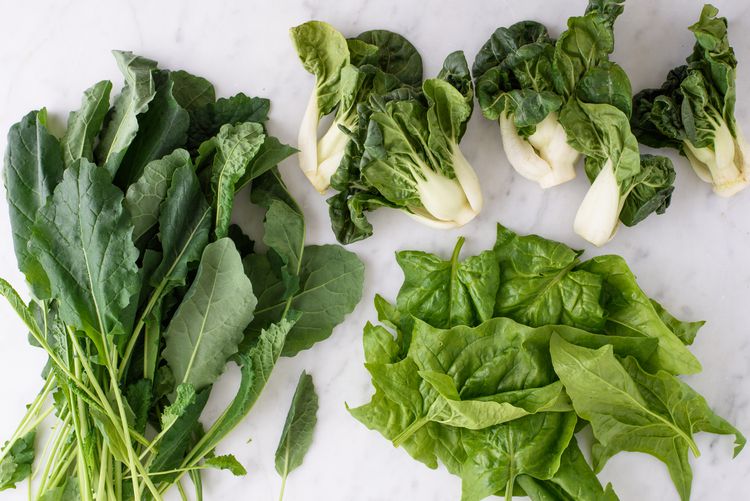
Photo: Du Lich Viet
For the past decades, Vietnamese cuisine has always made it to the top worldwide for its variety of delectable dishes coming from the North to the South. But do you know that a bowl of Pho or spring rolls that you are eating right now is also beneficial for your health?
Let’s find out about the secret of Vietnamese kitchens and their home cook to make these balanced meals in this article!
Overview
If you have ever tried Phở - one of the most famous Vietnamese cuisines globally, you probably can tell the key of this Southeast Asia nation’s specialties is “balance” and “refreshing”. The balance comes from five distinct flavors, i.e sweet, sour, salty, bitter, and umami, which requires a cook to fully understand the dish and apply correct culinary techniques. On the other hand, a lot of Vietnamese food feature fresh vegetables and herbs, as well as such local protein sources as freshwater fish or dragon chicken, therefore eaters can easily taste the natural flavor and distinguish them with frozen food or processed cans.

Vietnamese cuisine has always made it to the top worldwide for its variety of delectable dishes coming from the North to the South (Source: Collected)
With these two components, Vietnamese culinary offerings are recognized for their health advantages, encompassing dishes that are low in fat, gluten-free, immune-enhancing, and rich in vitamins and minerals. Even though Vietnamese people are not the most active physically, this country still has the lowest rate of adult obesity in the world according to the Stanford University study.
Cooking techniques
Influenced by Chinese culture, the way Vietnameses prepare and cook their food rely mainly on the cosmological principles of Âm and Dương (Yin and Yang) and ngũ hành (the five elements).
In terms of food, Yin and Yang has it that some ingredients cannot be combined randomly as they can be fatal or detrimental, you have to make sure that heating (dương-yang energy) is accompanied by cooling (âm-yin energy) ingredients. For example, seafood such as squid has a cooling influence so locals often pair it with lá lốt (piper lolot leaves) to avoid stomach upset.

The cosmological principles of Âm and Dương (Yin and Yang) and ngũ hành (the five elements) (Source: Collected)
The five elements include wood, fire, earth, metal, and water - interact harmoniously to create a holistic and well-rounded culinary experience. In one traditional Vietnamese meal, you want to pay attention to all the dishes, fresh, green ingredients such as herbs and vegetables representing wood; fire is associated with high-heat cooking methods like grilling; earth elements are present in rice; seafood representing metal, and soups and broths have high water elements.
Therefore, to Vietnamese cuisine, everything has to be in harmony to create healthy, balanced, and delicious meals.
Ingredients
As a country located in the humid tropical monsoon region, Vietnam is blessed by nature with a rich climate, water source, soil, etc creating a home to many green vegetables and animal protein. Here are a few examples.
1. Seasonings and condiments
Vietnamese people use fragrance ingredients such as shallots, garlics, gingers, lemons, or lemongrass a lot in their dishes. Ginger and garlic can help with anti-inflammatory properties, lemon is a good source of antioxidants and vitamin C, lemongrass can prevent acne and skin aging, etc.
Nước mắm (fish sauce) is another condiment produced by artisans that is iconic in Vietnamese cuisine, it is believed to be better than common salt as nước mắm is low in calories and fermented, which is good for digestion.
2. Rice noodles
As other Asian countries, rice is a staple dish of every Vietnamese household, mostly at lunch and dinner when family members are all present. However, even for breakfast, Vietnameses can find a way to incorporate rice in their portions by a bowl of Phở or Bún bò Huế (Vietnamese spicy beef noodles), which is gluten-free and high in fiber.
3. Green vegetables and fruits
Herbs such as mints, basils, cilantros; crunchy vegetables such as cucumbers, carrots, daikons; leafy vegetables such as lettuce, cabbage, bok choy; etc can be seen everywhere in Vietnam. Especially, the consistent inclusion of leafy greens underscores their vital role and the emphasis on health benefits within Vietnamese culinary practices.
Do you know that you can buy vegetables and fruits fresher and at a cheaper price in Vietnam compared to grocery stores in Western countries? Take advantage of it if you have a chance to visit this country!

Leafy vegetables such as lettuce, cabbage, bok choy can be seen everywhere in Vietnam (Source: Verywell)
4. Coffee
Surprisingly, a cup of espresso, or black coffee every day can lower sugar levels in blood, avoid heart diseases and certain types of cancers. Dak Lak, Lam Dong, Kon Tum, Dak Nong, Gia Lai are hidden gems in the Central Highlands of Vietnam, home to Vietnamese coffee. To coffee lovers, visiting The World Coffee Museum or simply coffee houses located everywhere is such a dreamlike experience, learning about the history and how to make rich coffee beans, and the best part: tasting the original flavor.